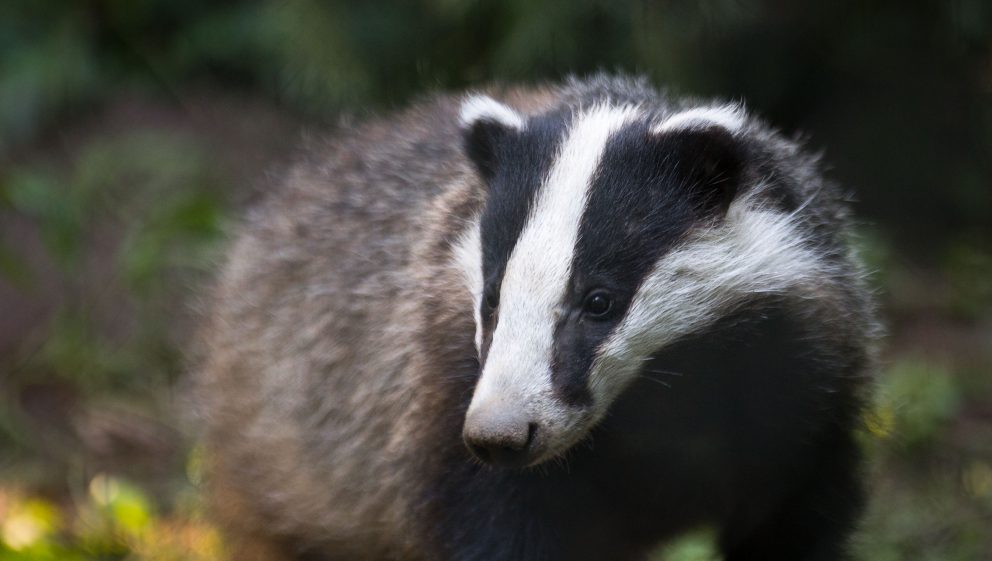These animals were trapped in cages and shot, or shot in the wild, with some animals escaping wounded.
The dairy industry, which is increasingly being rejected by younger generations over its poor animal welfare, environmental and health credentials, has scapegoated the wild mammals, suggesting that they are responsible for the spread of bTB. This is despite scientific evidence to the contrary.
Dairy cows are typically condemned to a relentless cycle of forced pregnancy, having their calves taken away, and being made to produce unnaturally large quantities of milk. These stressed, exploited animals are vulnerable to disease, which spreads quickly in the cramped conditions in which so many cows are now kept. When they can no longer produce enough milk, these exhausted dairy cows meet a brutal end at the slaughterhouse.
We, as consumers, can make lasting change to animals, the environment and our health through the products we choose to buy. By purchasing plant milks such as soy, almond or coconut, which are widely available in supermarkets and coffee shops nationwide, we make a conscious choice to protect animals, including badgers and cows, the environment and our own health.
Order a free Guide to Going Vegan


